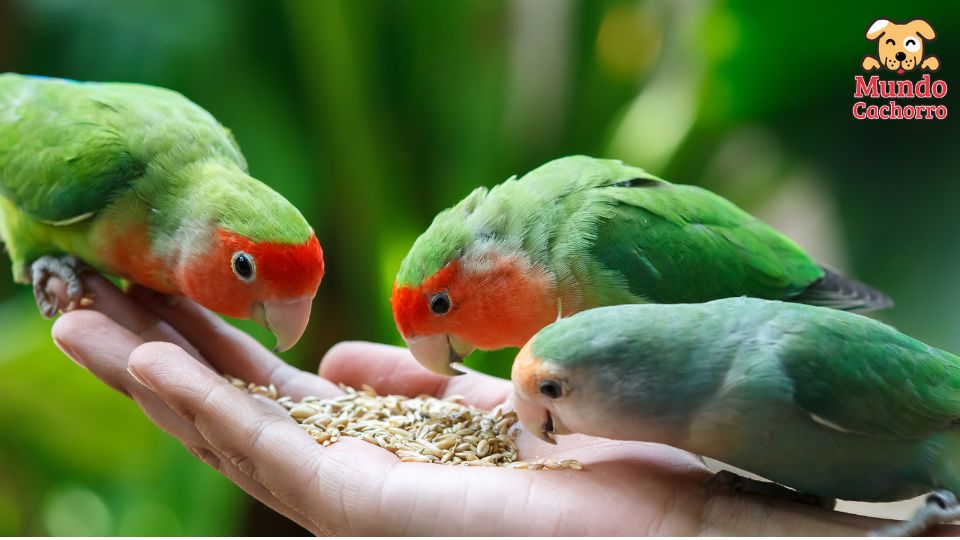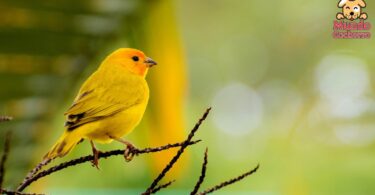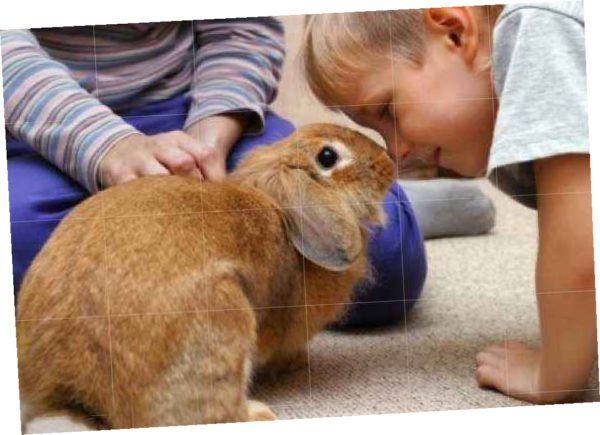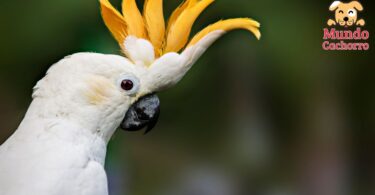Lovebirds, also known as “inseparable” because of their strong bond with their mates and human companions, are small, colorful birds that have gained popularity as pets around the world. In addition to their charming appearance and sociable behavior, these birds have a number of fascinating curiosities worth exploring.
Indice
Things you didn’t know about lovebirds
Here are some of the most interesting facts about these beautiful birds.
- Origin of the name: The term “agapornis” comes from the Greek “agape” (love) and “ornis” (bird), which literally translates as “bird of love”. This designation reflects the tendency of these birds to form close and lasting bonds with their mates.
- Monogamy: Lovebirds are known for their monogamy, as they tend to pair with only one mate for life. This strong bond is manifested through behaviors such as grooming each other, sharing food and spending most of their time together.
- Varied vocalizations: Although lovebirds are not as loud as some other bird species, they are capable of producing a wide variety of vocalizations, including trills, warbles and whistles. These vocalizations can be used to communicate with mates, express emotions and mark territory.
- Aerobatic skills: These birds are known for their agility and acrobatic skills. They are capable of performing a variety of complex movements, such as climbing, swinging and hanging upside down from perches and toys.
- Color diversity: There are several species and mutations of lovebirds, each with its own unique combination of colors and patterns. Some of the more popular variations include the agapornis roseicollis (also known as the “red-cheeked lovebird”) and the agapornis personatus (or “masked lovebird”).
- Need for mental stimulation: Lovebirds are intelligent and active birds that need mental stimulation to stay happy and healthy. Providing them with interactive toys, puzzles and opportunities to explore their environment can help prevent boredom and unwanted behavior.
- Longevity: With proper care, lovebirds can live between 10 and 15 years, and even longer in some cases. This longevity means that caring for a lovebird is a long-term commitment that requires constant attention and dedication.
- Word Learning: Although not as skilled as parrots in speech, some of these birds are capable of learning and repeating simple words and phrases. With patience and consistent training, it is possible to teach them to say basic words and even imitate some sounds.
Companionship and grooming
- Social behavior: They are extremely social birds that enjoy the company of other lovebirds, as well as interacting with their owners. Providing them with regular play time and attention is critical to their emotional well-being.
- Feather Care: Lovebirds are meticulous about caring for their feathers and spend a lot of time grooming to keep them clean and healthy. Providing them with periodic baths with warm water or installing bird baths in their cage can help satisfy this instinctive need.








